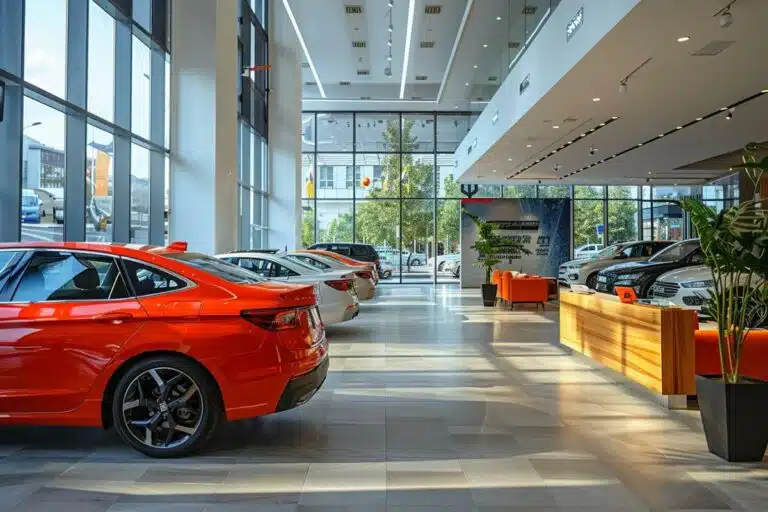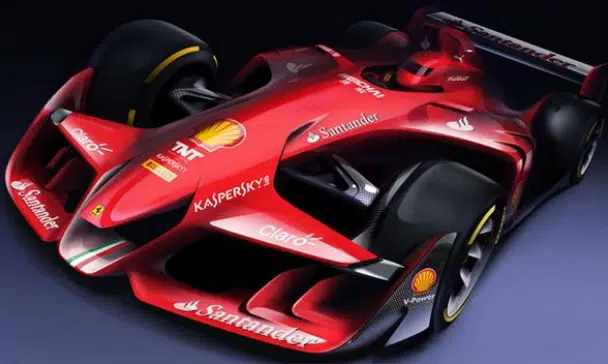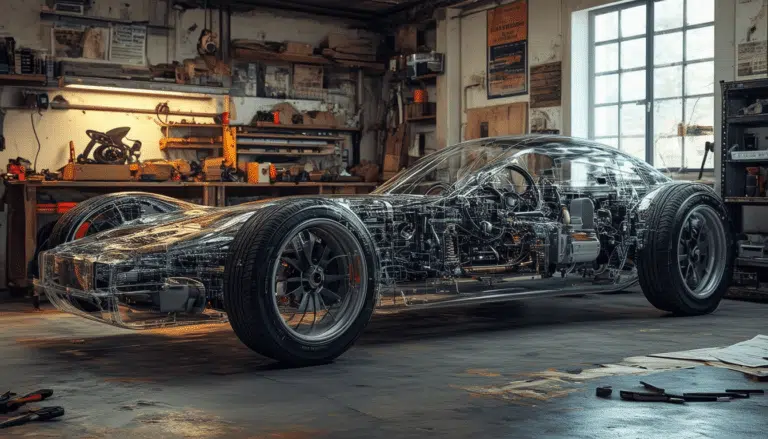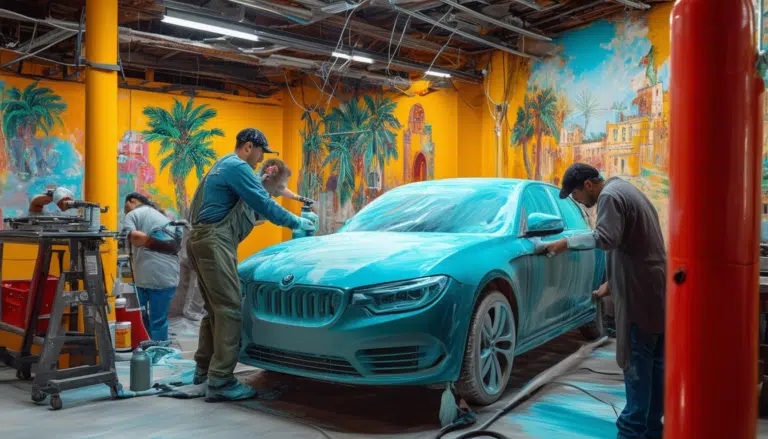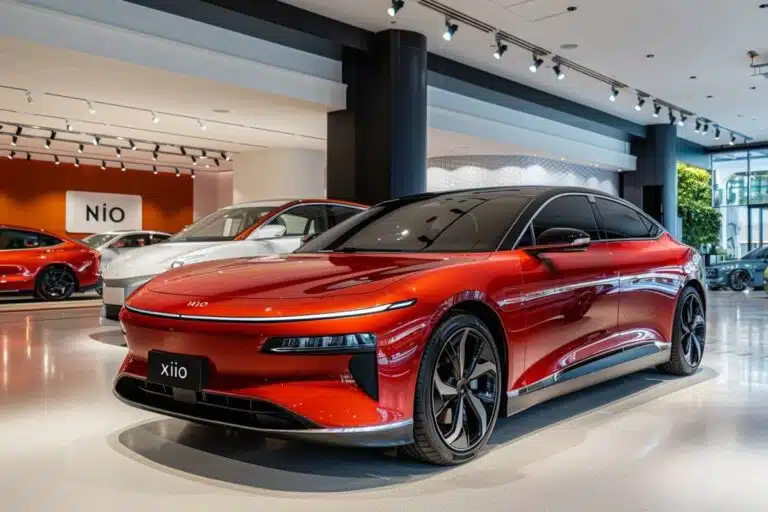Discover how energy-saving technologies are transforming mobility in Mexico
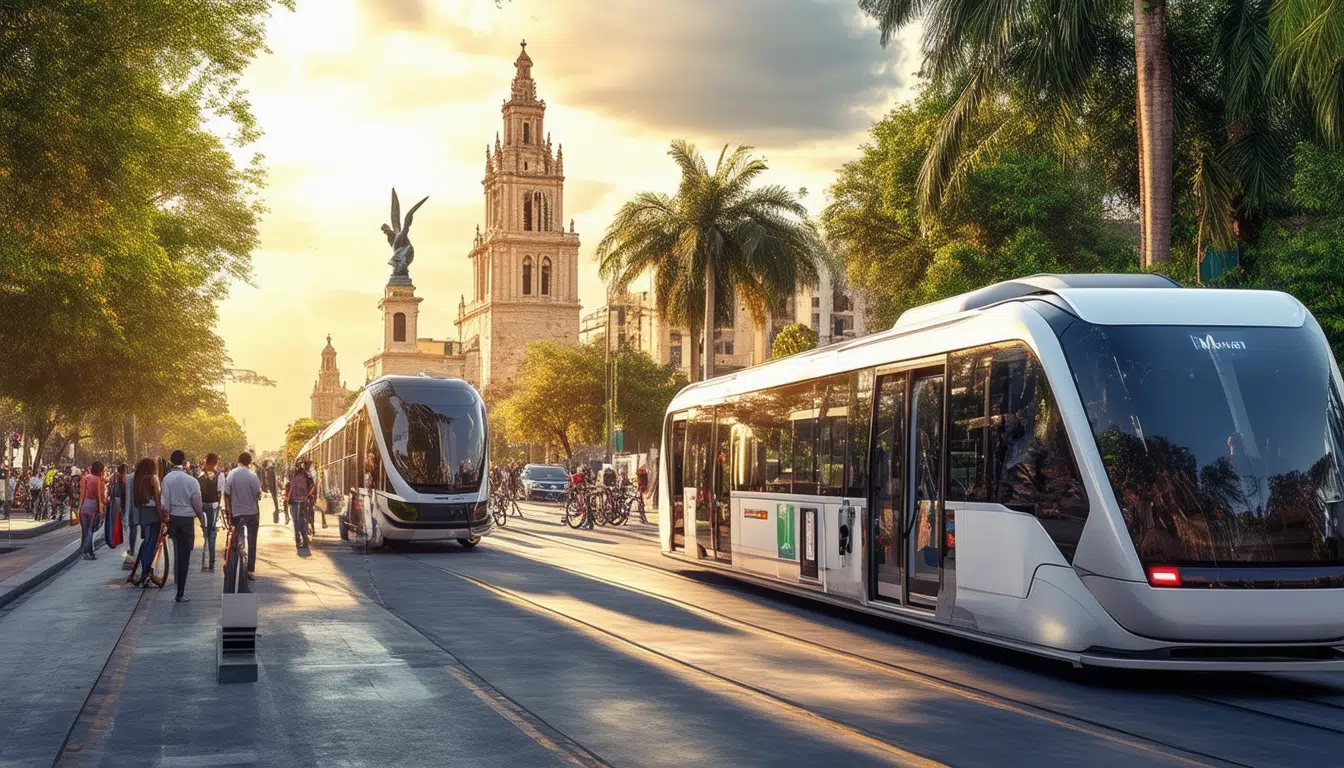
In the heart of Mexico, a silent yet significant change is occurring: energy-saving technologies are redefining mobility. Driven by a global urgency toward sustainability, these eco-friendly innovations offer solutions that are not only environmentally friendly but also promise to transform the way we move in our cities. From the implementation of electric mobility networks to the development of efficient fleets, Mexico is on a promising path towards a future where electromobility dominates the streets and gradually replaces traditional combustion vehicles.
In recent years, Mexico has witnessed a revolution in the field of mobility. Energy-saving technologies are not only driving cleaner and more efficient vehicles but are also influencing urban infrastructure and transportation practices. From the implementation of electromobility to the use of renewable energies in public transport, the country is moving towards a zero-emissions future. The integration of these innovations is transforming mobility across the country and adapting it for more sustainable and eco-friendly development.
Electromobility: The Path to a Cleaner Future
The electromobility strategy in Mexico City, established in 2018, represents a crucial step towards clean transportation. This strategy has a long-term vision of achieving urban mobility based entirely on electricity as the primary energy source, thus achieving a significant reduction in emissions. The transition to electric vehicles is a reality that is becoming increasingly prominent, with the development of an extensive network of charging points throughout the city. This favors the adaptation of public and private transport fleets towards electric models, increasing their popularity among users.
Innovations in Public Transport
The public transport sector is also benefiting from energy-saving technologies. The main objective is to achieve high energy efficiency, reducing fossil fuel consumption and utilizing alternative energies such as solar and hybrid systems. In various cities across the country, electric buses and hybrid transport systems are being implemented, which comprise a mix of clean energies for operation. This not only decreases carbon emissions but also reduces long-term operational costs.
Energy Efficiency as a Priority
The evolution of energy efficiency in the automotive sector has been impressive. Car manufacturers are exploring innovative engines, some with efficiencies of up to 98.5%, which offers great advancements in the range and performance of electric vehicles. Among these developments, hybrid engines also play an essential role in providing a smooth transition for users accustomed to internal combustion vehicles.
Transformation of the Automotive Market
Emerging technologies have allowed Mexico to become an innovation hub in mobility. Strategic alliances with global manufacturers are fostering the production of electric and hybrid vehicles in the country, generating employment opportunities and economic growth. Renowned brands have chosen to set up bases in Mexico, boosting a more competitive and varied market that supports the transition towards sustainability.
Sustainable Infrastructure
In addition to vehicles, the very infrastructure of Mexican cities is evolving to support sustainable mobility. Smart cities are being developed with clean energies and intermodal transport systems that facilitate the efficient movement of people and goods. The use of advanced technology to manage energy resources ensures a lower environmental impact and optimal resource utilization.
Reurbanization Projects
The creation of urban areas with zero emissions is gaining popularity. Projects such as establishing districts without internal combustion vehicles promote greater demand for public transport and shared mobility. This is transforming the way citizens experience and engage with their urban environments, prioritizing walkability and the use of bicycles or electric scooters.
Challenges and Opportunities
Although the path towards sustainable mobility is well underway, there are still challenges to overcome. The mass adoption of energy-saving technologies requires public policies that incentivize the transition and ensure accessibility of their benefits to the entire population. However, the collective efforts of the government, private companies, and citizens remain a catalyst for change.
The Mobility of the Future
The future of mobility in Mexico is promising and stands as an example of how current challenges can turn into opportunities for development and innovation. The alliance between technology and mobility not only improves air quality but also redefines the transportation experience of the 21st century. The essential thing is to continue promoting awareness and participation from all stakeholders involved to achieve real and lasting change.
For more information on how companies are organizing around these innovations, you can consult this link about good business practices. Additionally, the design of vehicles continues to advance rapidly, as described in this analysis of Nissan’s design.
Conclusion: The Future of Energy-Efficient Mobility in Mexico
The advancement of energy-saving technologies is transforming mobility in Mexico, generating a palpable shift towards a more sustainable future. The adoption of electric vehicles and the implementation of electromobility systems in cities like Mexico City highlight the commitment to reducing emissions and improving air quality. These actions are part of a detailed strategy focused on achieving zero-emissions mobility, utilizing electricity as the main energy source.
Beyond electric vehicles, the incorporation of renewable energy sources such as solar and biomass into transportation infrastructure offers a hopeful outlook for addressing energy challenges. Furthermore, the digitalization of energy resources and intermodality are crucial aspects being addressed to ensure operational efficiency in the sector.
The transformation towards sustainable mobility is not only an environmental responsibility but also an economic opportunity for Mexico. Companies leading this transition are reaping competitive advantages by incorporating green practices into their logistics operations. These innovations not only enhance corporate ethics but also boost the attractiveness of investing in the country.
Although the road to fully sustainable mobility is long, the measures adopted so far show that Mexico is on track for a sustainable future. Charging networks, the design of more efficient engines, and innovations in shared transport are concrete examples of how a robust and eco-friendly infrastructure is being constructed.
In short, Mexico is at a critical point in its energy history. Sustainable mobility emerges as an imperative need that requires concerted effort from all sectors. The continuous implementation of energy-saving technologies will transform not only the automotive landscape but also the quality of life of its inhabitants, promoting a cleaner and safer environment for future generations.

